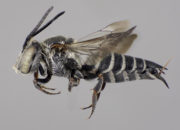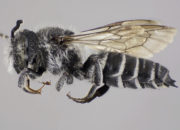This cleptoparasitic genus can be fairly common at some sites where their hosts are present. Eight species so far confirmed from Vermont, all of which are cleptoparasites of leafcutter bees (Megachile). Often found cruising low over areas of sparsely vegetated sand. Most species are thought to have several different host species.
Genus level ID: Females have distinctly pointed abdomen, while most males have an assortment of spines. All the VT species are superficially quite similar, but several species have distinctive characters that can occasionally be seen in photos.
Simplified Key to Female Coelioxys in VT
Legs all black
Coelioxys alternatus -> Uncommon to rare.
Coelioxys porterae -> Uncommon to rare.
Coelioxys sodalis -> Hairy. Uncommon, northern species.
Leg with red, at least on the tarus
Coelioxys modestus -> S6 fan shaped, T6 with small bump at tip. Small and moderately common.
Coelioxys octodentatus -> T6 with moderately distinct shoulders, femur and tibia reddish.
Coelioxys rufitarsis -> T6 with distinct shoulders, femur and tibia black. Fairly common, at least around sandy sites.
Coelioxys sayi -> Legs usually mixed red and black, clypeus margin concave.
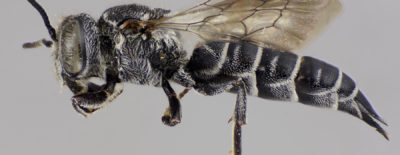
Alternate cuckoo-leaf-cutter (Coelioxys alternatus)
Uncommon, perhaps only associated with the Pugnacious Leafcutter Bee (Megachile pugnata)
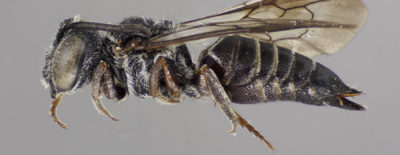
Modest Cuckoo Leaf-cutter Bee (Coelioxys modestus)
Female has a distinctive bump on T6. Most likely host in VT is the Bellflower Resin Bee (Megachile campanulae).
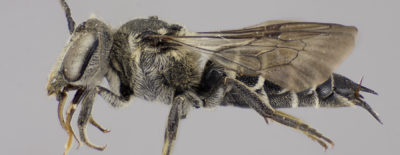
Sad Cuckoo Leaf-cutter Bee (Coelioxys moestus)
Uncommon to rare
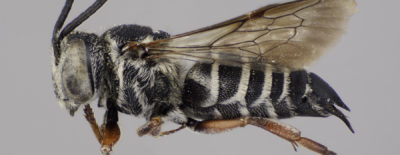
Eight-toothed Cuckoo Leaf-cutter Bee (Coelioxys octodentatus)
First confirmed for VT in 2020, but found at 4 sites in 3 counties that year.
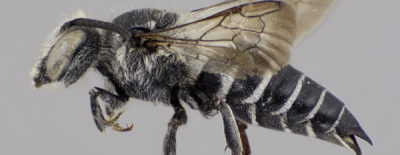
Porter's Cuckoo Leaf-cutter Bee (Coelioxys porterae)
Northern species, only one record known from VT (as of 2021).
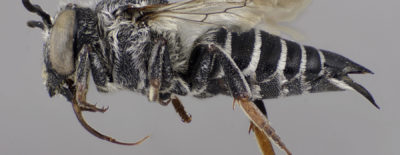
Red-footed Cuckoo Leaf-cutter Bee (Coelioxys rufitarsis)
One of the more common Coelioxys species in VT.
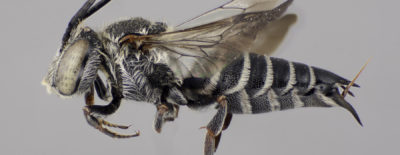
Say's Cuckoo Leaf-cutter Bee (Coelioxys sayi)
So far only known from the warmer parts of the state. Concave clypeus is distinctive
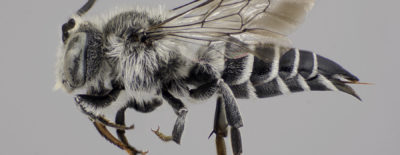
Comrade Cuckoo Leafcutter Bee (Coelioxys sodalis)
The hairiest species in the region
Unless otherwise specified, photos are courtesy of Margarita Miklasevskaja at PCYU with funding from NSERC-CANPOLIN.
